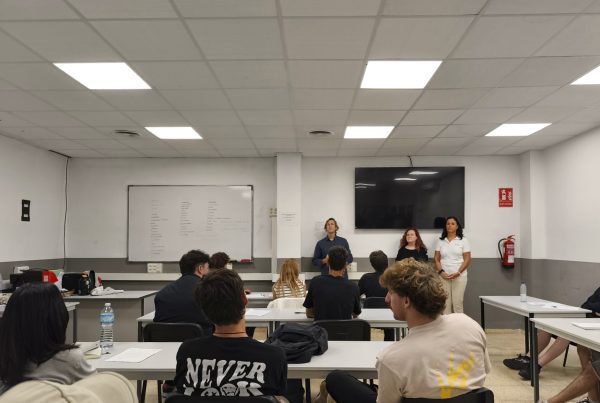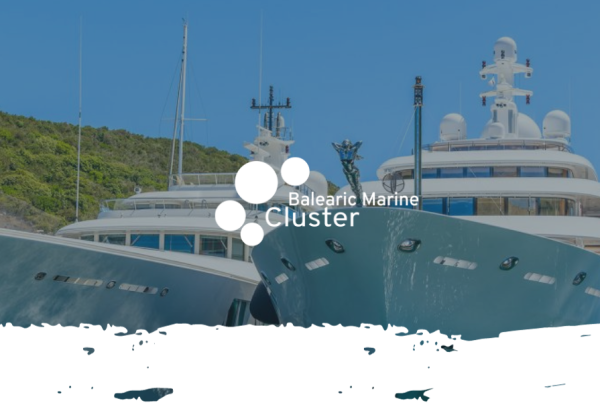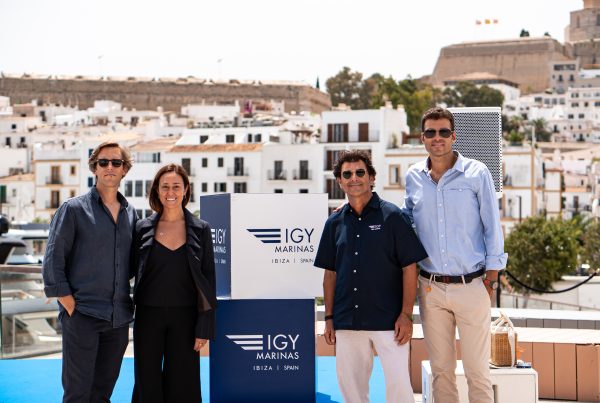Yesterday, May 20th, Toni Ginard, director of the Port Authority of the Balearic Islands, presented the architectural project for the new waterfront promenade to about twenty companies in the nautical sector at a presentation organized by the Balearic Marine Cluster.
The ‘Nou Passeig Marítim’ project, which consists of three phases and is currently responsible for the construction along the coastline of the city of Palma, seeks greater cross-permeability from the city to the sea, providing continuity to the Maritime Front of the city of Palma from the intersection with Av. Argentina to the Portopí roundabout.
Among the proposed and already underway reforms, notable are the doubling of pedestrian crossings from 13 to 26, improving pedestrian safety; the reduction of the number of lanes from 3-4 to 2, thereby doubling the space allocated for pedestrians; and the reorganization of public space uses. Additionally, there will be a total remodeling of the pavements in both the road and pedestrian areas, as well as the urbanization elements.
The project includes the renewal of urban furniture, lighting and gardening equipment, along with improvements in lighting, irrigation, drainage, and traffic light networks, as well as adjustments in other services such as electricity, telecommunications, gas, sanitation, and water supply.
The operational work has been divided into three phases that affect different sections of the current waterfront promenade: the city zone, the median, and the sea zone.
The first stage, which affects this first area from the sea curb of the central median to the current sidewalk on the land side, has already been successfully completed; and the second phase, which involves the initial closure from the curb of the new central median (land side) to the alignment, which will allow two lanes towards the cathedral, has recently begun.
This project stands out for its collaborative relationship through open communication channels with the various residents and owners of the commercial premises in the affected area, with whom this paving schedule has been agreed upon.
Parking, an issue of concern to companies in the nautical sector due to the logistical difficulty this new reform poses for the development of their activities and services, is limited to the city side, leaving only bus stops and loading and unloading zones at the marina entrances on the sea side.
The sector is requesting a review of this part of the project and is demanding future solutions to an ambitious project; therefore, the Balearic Marine Cluster is committed to working with the Port Authority to find a solution that addresses the needs of auxiliary companies and marinas.




